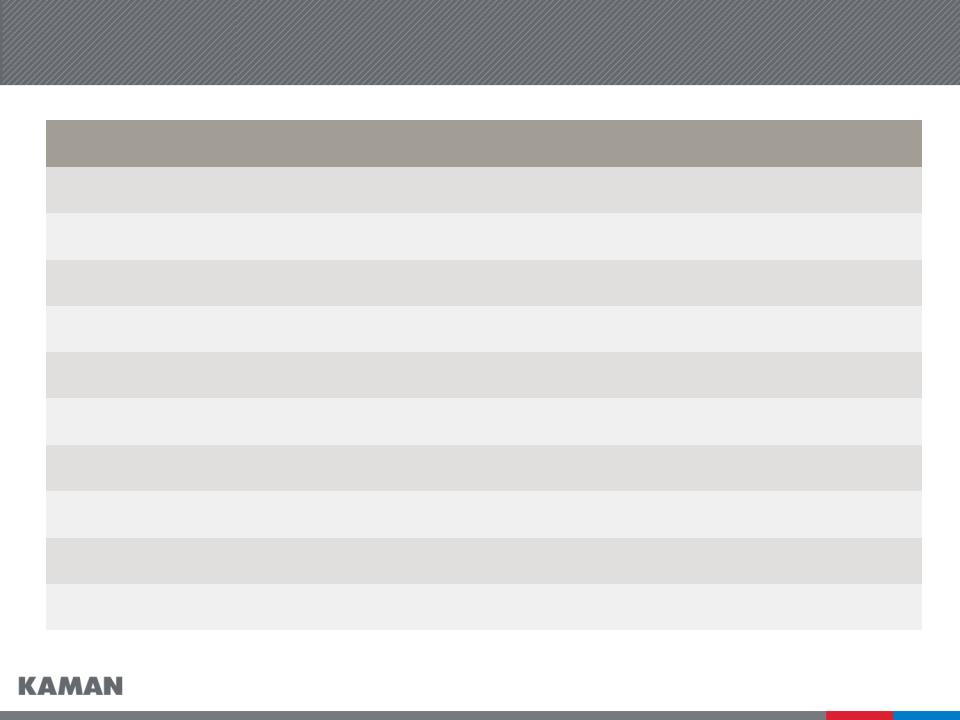3
Forward Looking Statements
This presentation contains "forward-looking statements" within the meaning of the safe harbor provisions of the U.S. Private Securities Litigation Reform
Act of 1995. Forward-looking statements also may be included in other publicly available documents issued by the company and in oral statements
made by our officers and representatives from time to time. These forward-looking statements are intended to provide management's current
expectations or plans for our future operating and financial performance, based on assumptions currently believed to be valid. They can be identified by
the use of words such as "anticipate," "intend," "plan," "goal," "seek," "believe," "project," "estimate," "expect," "strategy," "future," "likely," "may,"
"should," "would," "could," "will" and other words of similar meaning in connection with a discussion of future operating or financial performance.
Examples of forward looking statements include, among others, statements relating to future sales, earnings, cash flows, results of operations, uses of
cash and other measures of financial performance.
Because forward-looking statements relate to the future, they are subject to inherent risks, uncertainties and other factors that may cause the
company's actual results and financial condition to differ materially from those expressed or implied in the forward-looking statements. Such risks,
uncertainties and other factors include, among others: (i) changes in domestic and foreign economic and competitive conditions in markets served by
the company, particularly the defense, commercial aviation and industrial production markets; (ii) changes in government and customer priorities and
requirements (including cost-cutting initiatives, government and customer shut-downs, the potential deferral of awards, terminations or reductions of
expenditures to respond to the priorities of Congress and the Administration, or budgetary cuts resulting from Congressional actions or automatic
sequestration); (iii) changes in geopolitical conditions in countries where the company does or intends to do business; (iv) the successful conclusion of
competitions for government programs and thereafter contract negotiations with government authorities, both foreign and domestic; (v) the existence of
standard government contract provisions permitting renegotiation of terms and termination for the convenience of the government; (vi) the conclusion to
government inquiries or investigations regarding government programs, including the resolution of the Wichita subpoena matter; (vii) risks and
uncertainties associated with the successful implementation and ramp up of significant new programs; (viii) potential difficulties associated with variable
acceptance test results, given sensitive production materials and extreme test parameters; (ix) the receipt and successful execution of production orders
for the JPF U.S. government contract, including the exercise of all contract options and receipt of orders from allied militaries, as all have been assumed
in connection with goodwill impairment evaluations; (x) the continued support of the existing K-MAX® helicopter fleet, including sale of existing K-MAX®
spare parts inventory; (xi) the accuracy of current cost estimates associated with environmental remediation activities; (xii) the profitable integration of
acquired businesses into the company's operations; (xiii) the ability to implement our ERP systems in a cost-effective and efficient manner, limiting
disruption to our business, and to capture their planned benefits while maintaining an adequate internal control environment; (xiv) changes in supplier
sales or vendor incentive policies; (xv) the effects of price increases or decreases; (xvi) the effects of pension regulations, pension plan assumptions,
pension plan asset performance and future contributions; (xvii) future levels of indebtedness and capital expenditures; (xviii) the continued availability of
raw materials and other commodities in adequate supplies and the effect of increased costs for such items; (xix) the effects of currency exchange rates
and foreign competition on future operations; (xx) changes in laws and regulations, taxes, interest rates, inflation rates and general business conditions;
(xxi) future repurchases and/or issuances of common stock; and (xxii) other risks and uncertainties set forth herein and in our 2013 Form 10-K.
Any forward-looking information provided in this presentation should be considered with these factors in mind. We assume no obligation to update any
forward-looking statements contained in this presentation.






